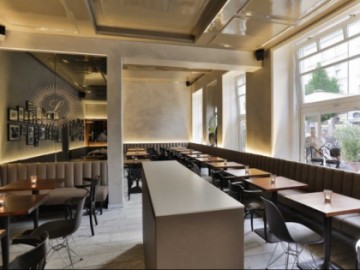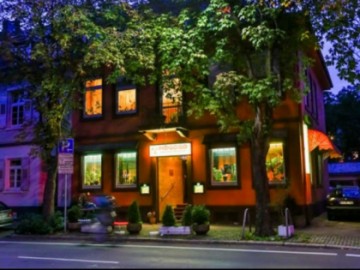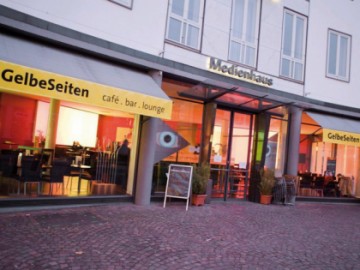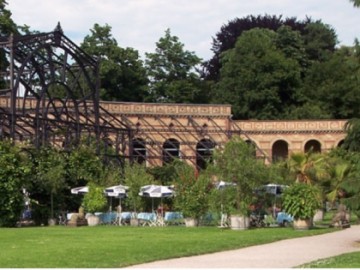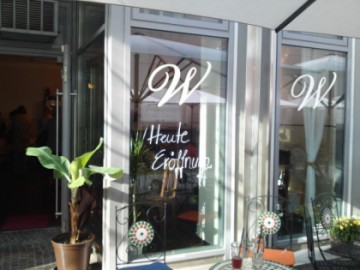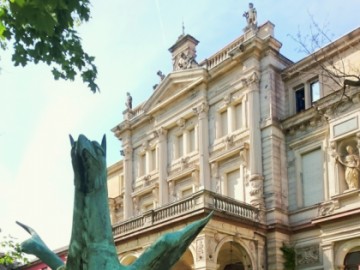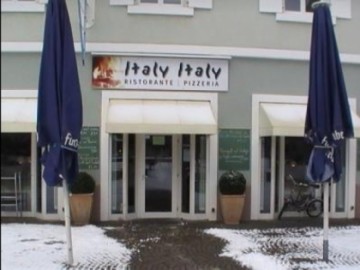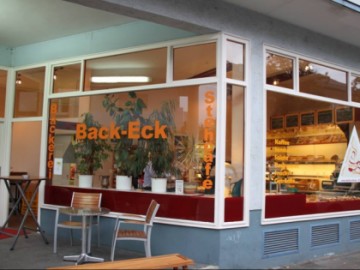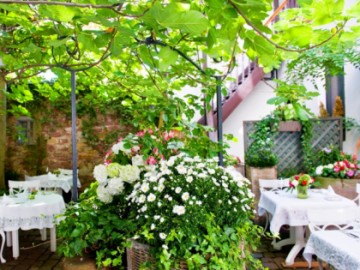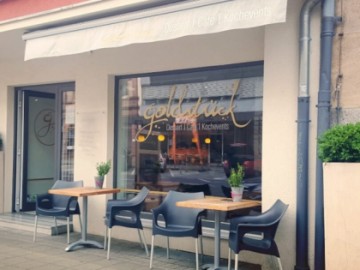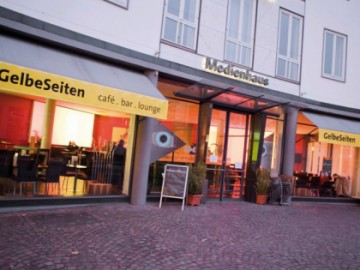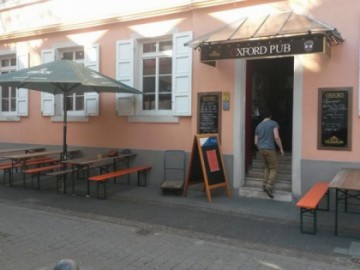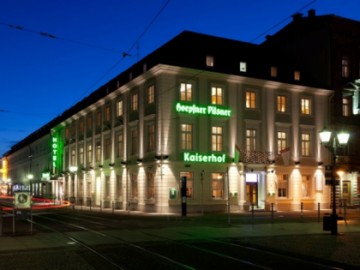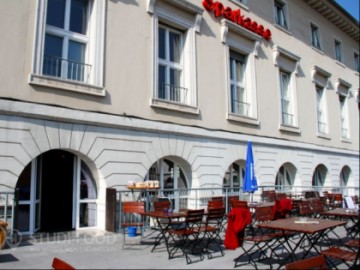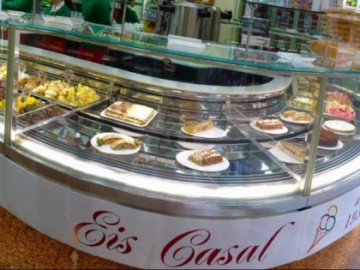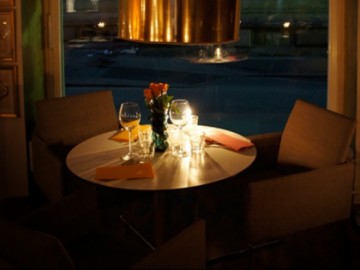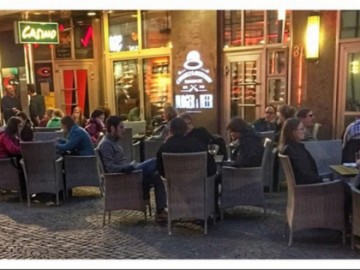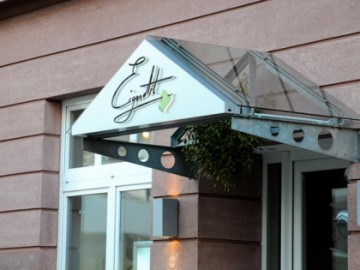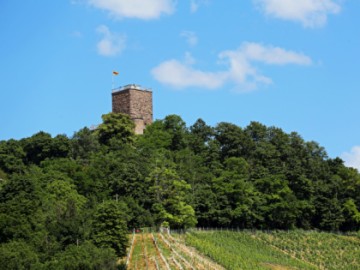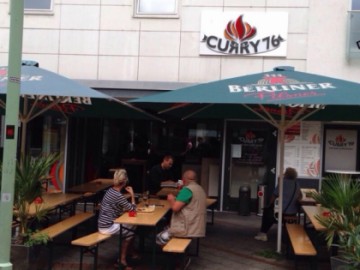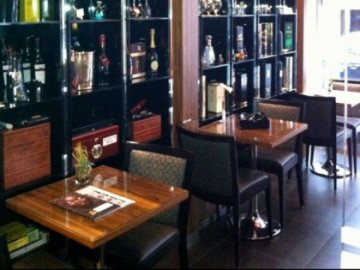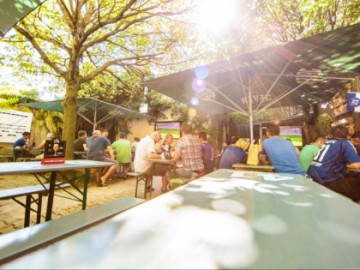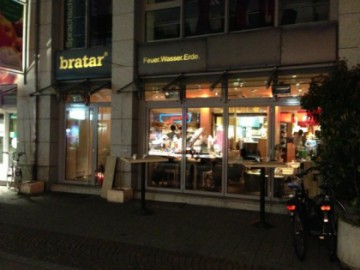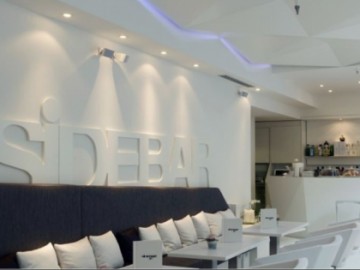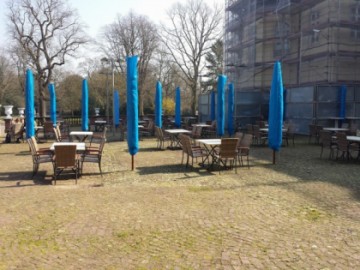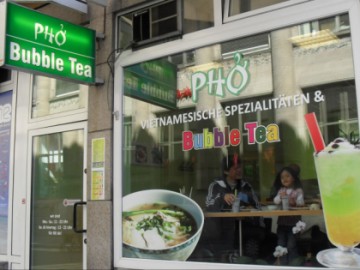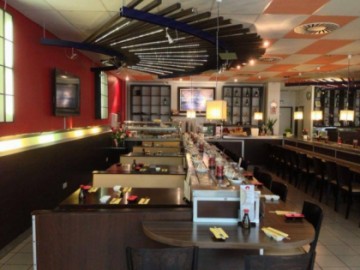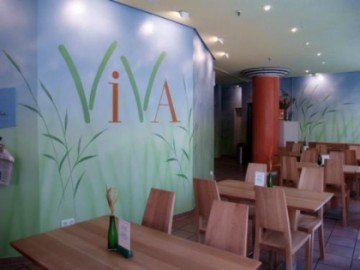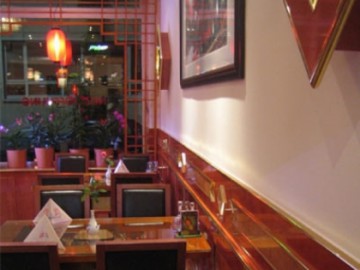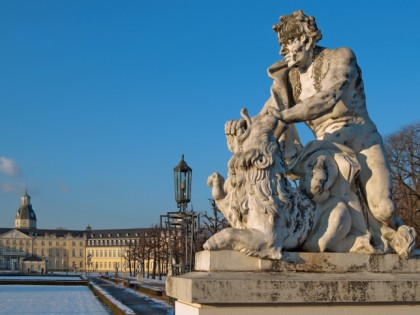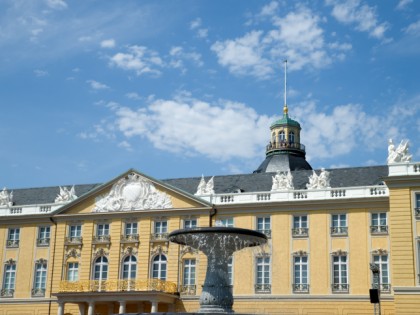Ducal Palace Karlsruhe – “Versailles of Baden”
Duke Karl Wilhelm of Baden-Durlach ordered architect Jakob Friedrich von Batzendorf to design a palace in the beginning of XVIII century; he sought solitude. Hence the name of the castle, which is translated as "Karl’s tranquility". The first building was partly wooden. And after 30 years, it had to be rebuilt. The construction work continued until 1785, when it was decided to top the central tower of the palace with a dome. However, even before the completion of all the work the "Versailles of Baden " became the center of attraction for the best minds in Europe. Goethe, Voltaire, Gluck, Klopstock were at the court of the liberal-minded of Duke of Baden.
However, the reputation of the center of liberal thinking did not save the palace. During the Revolution of 1848 Duke Leopold of Baden was expelled from the palace. After the suppression of the revolutionary turmoil the family of the Dukes lived in the palace until 1918, the year of another revolution in Germany, this time holding a victory. Ever since, Karlsruhe Palace has been used as a museum. Now its four floors accommodate the Land Museum of Baden.
Tourists can admire the luxurious interiors of the palace, the ducal collection of paintings and tapestries, and then climb the palace tower. Its observation deck offers a wonderful view of Karlsruhe. The children's railway runs across the territory of the park surrounding the castle. However, adults are also allowed to use it. There is also a botanical garden here with plants that are exotic for middle latitudes.
